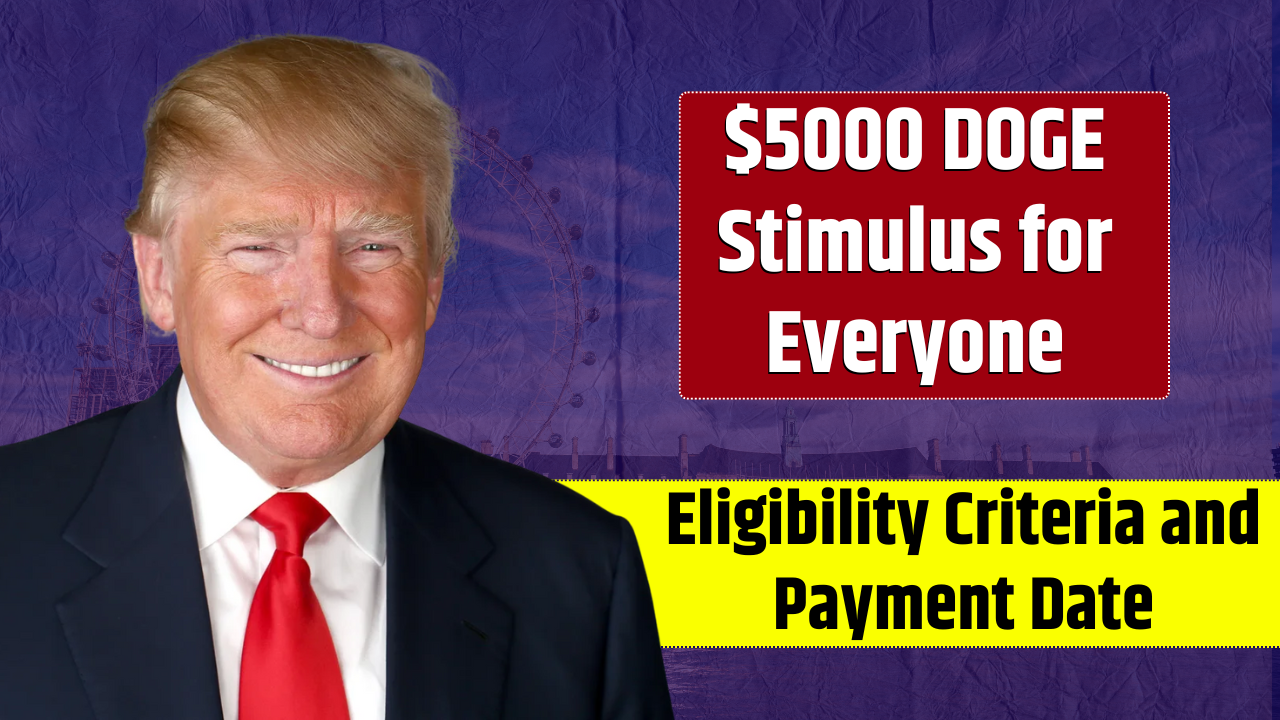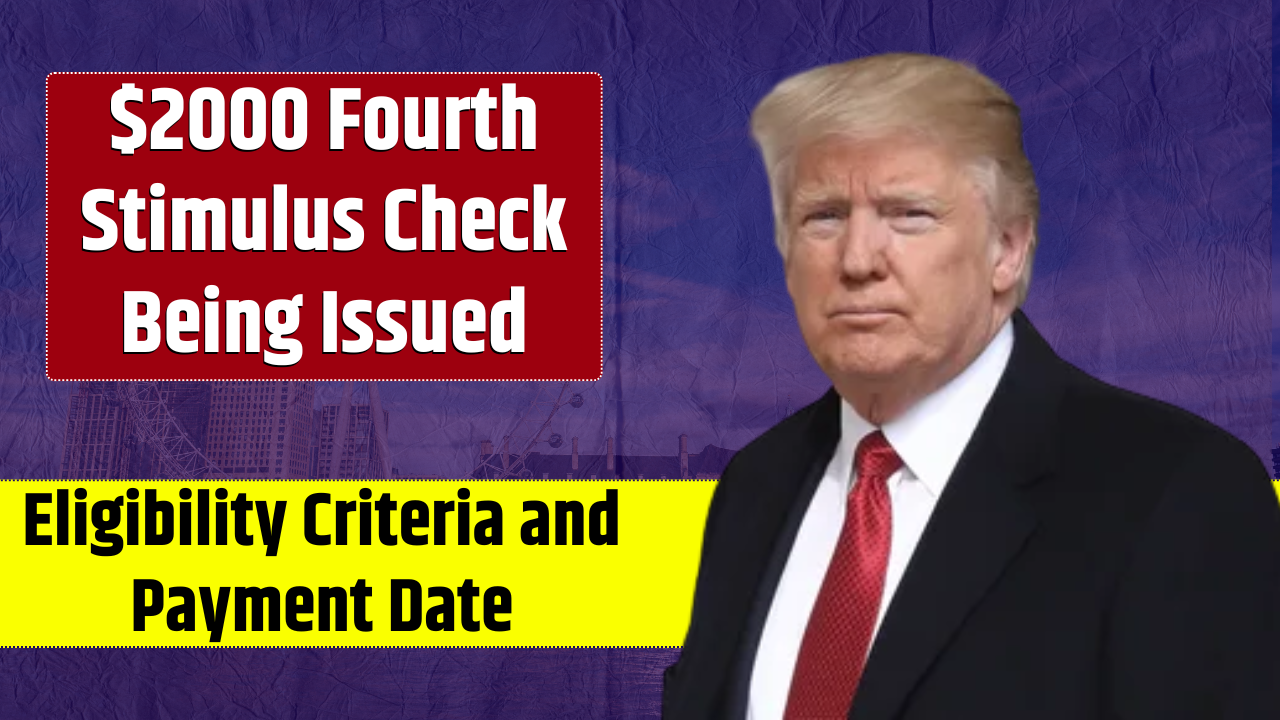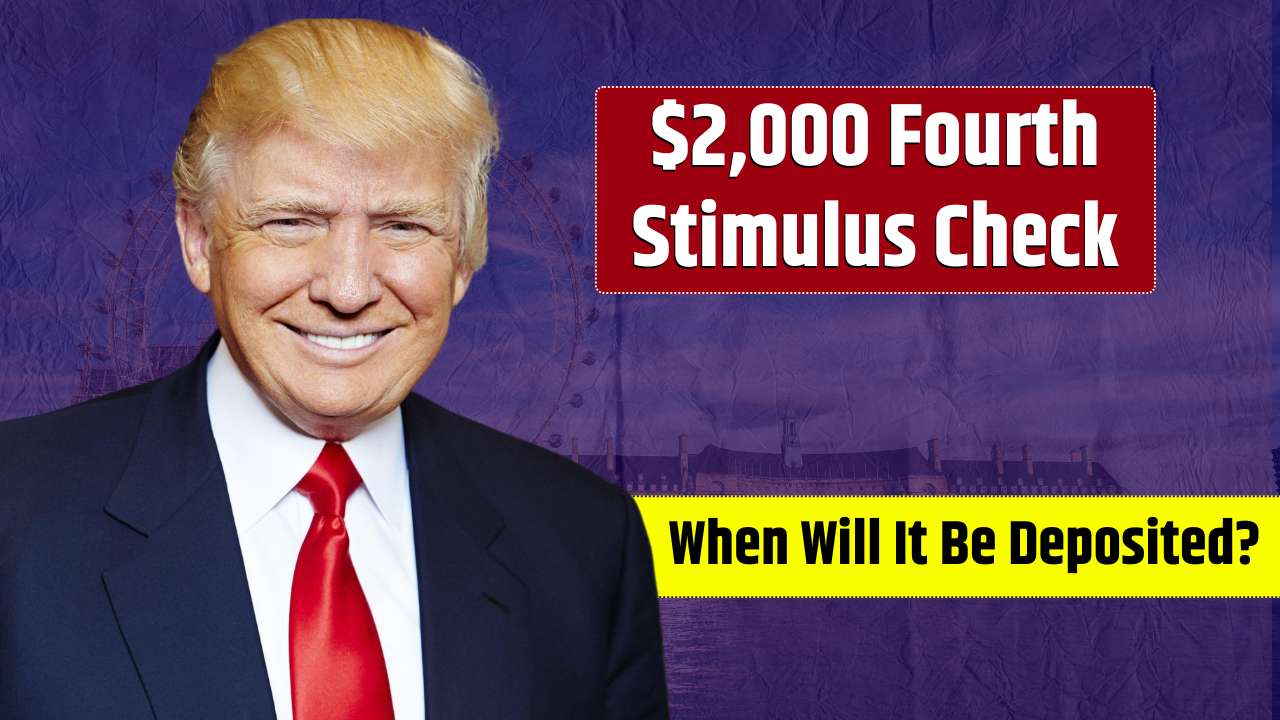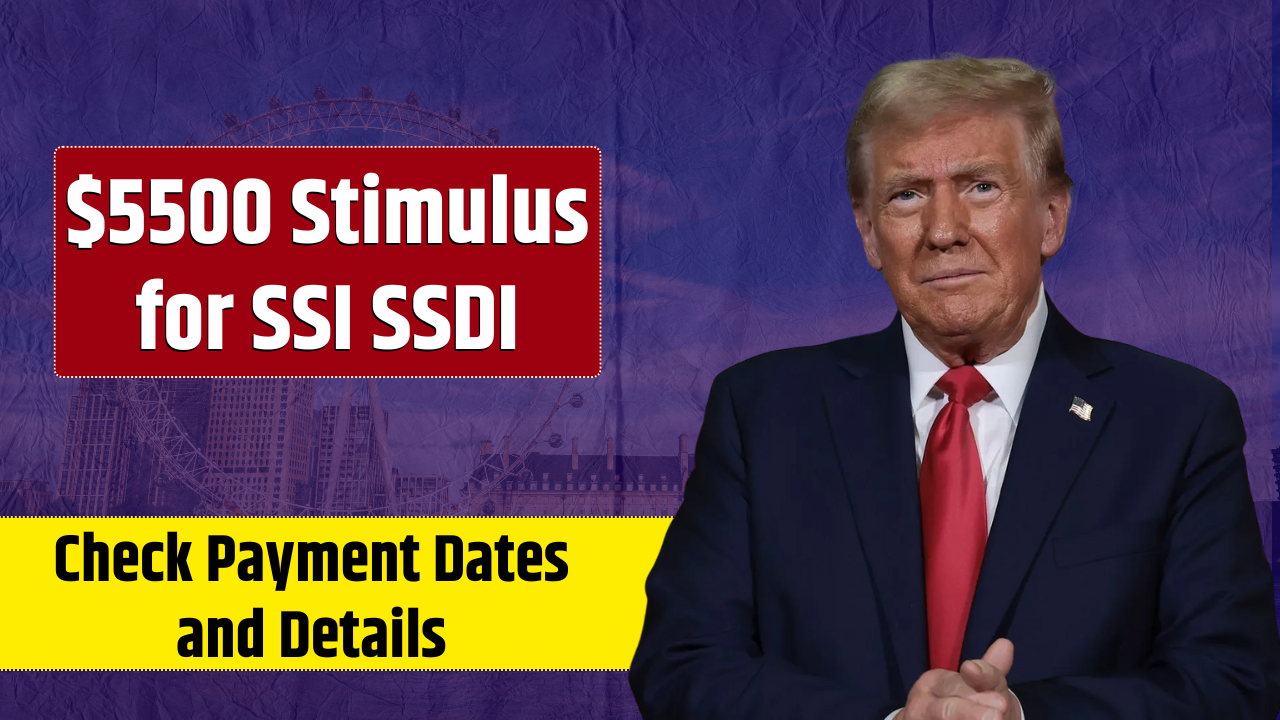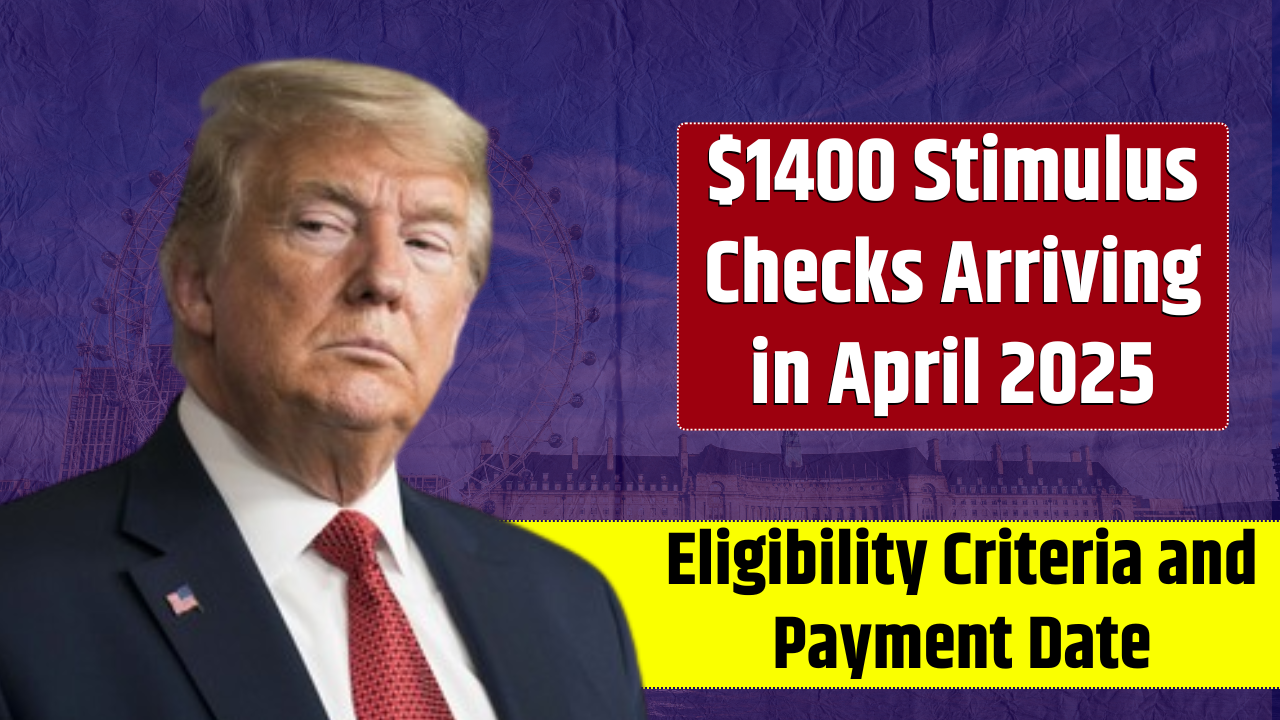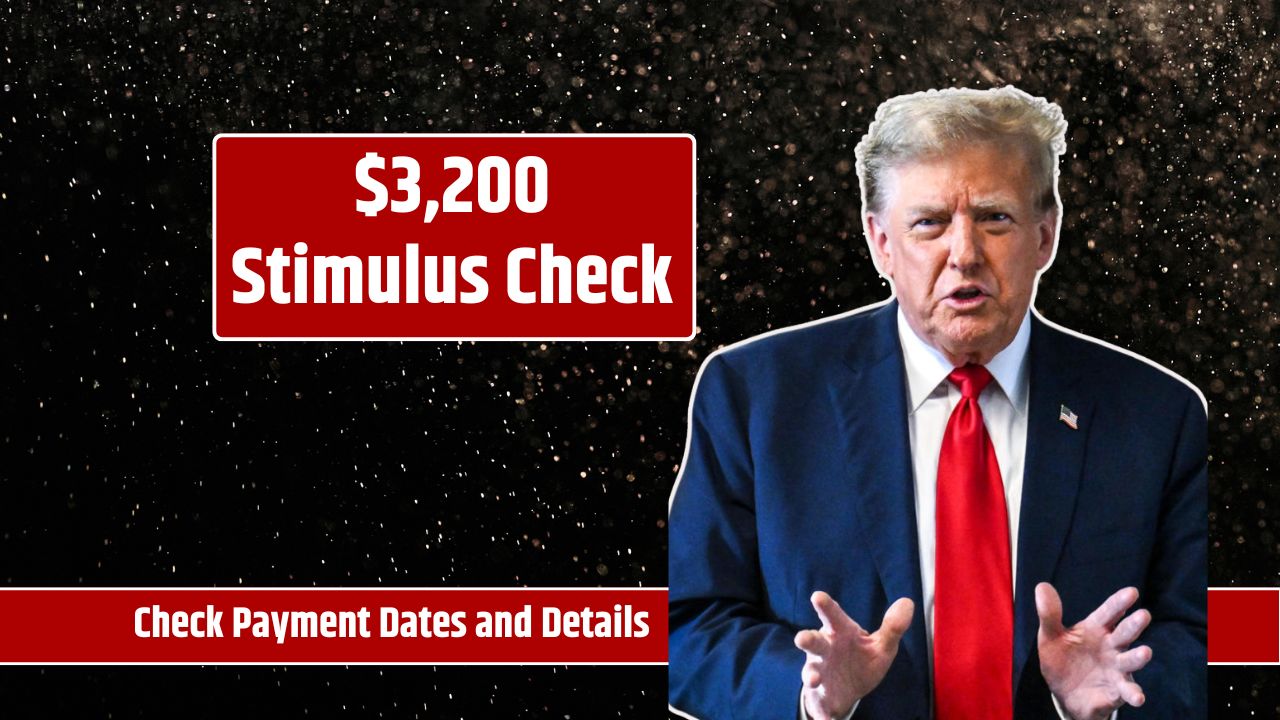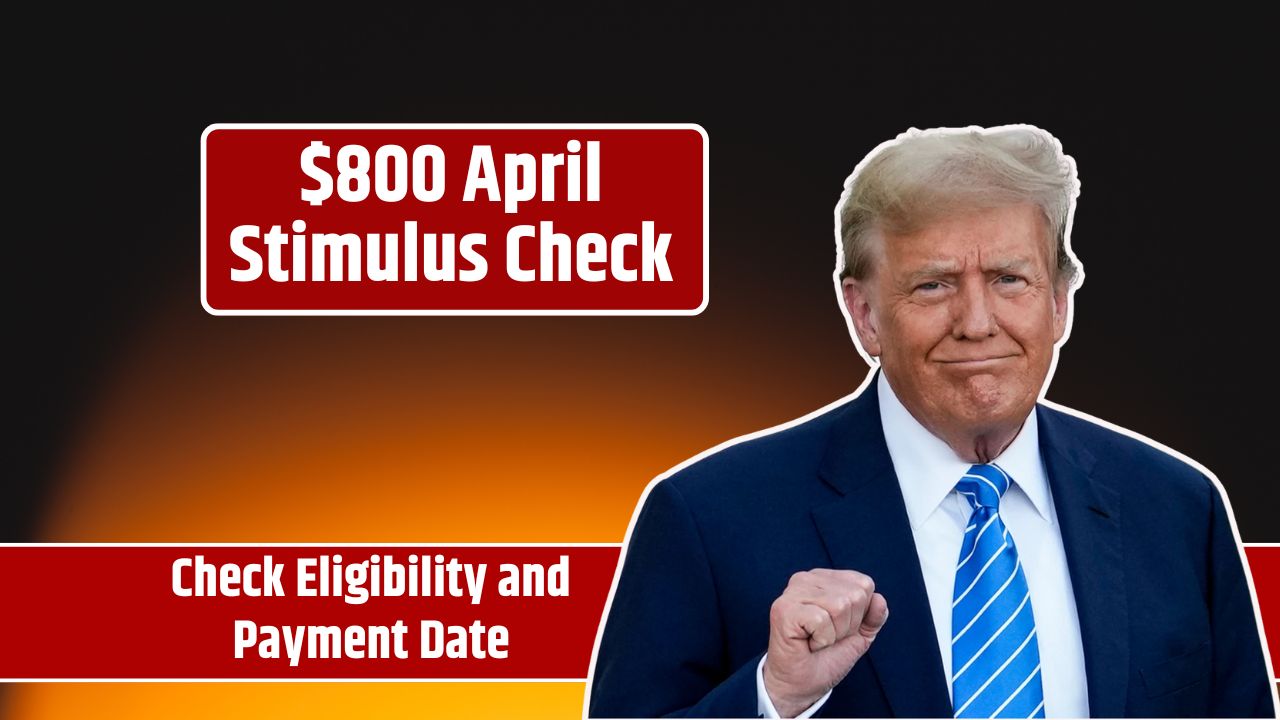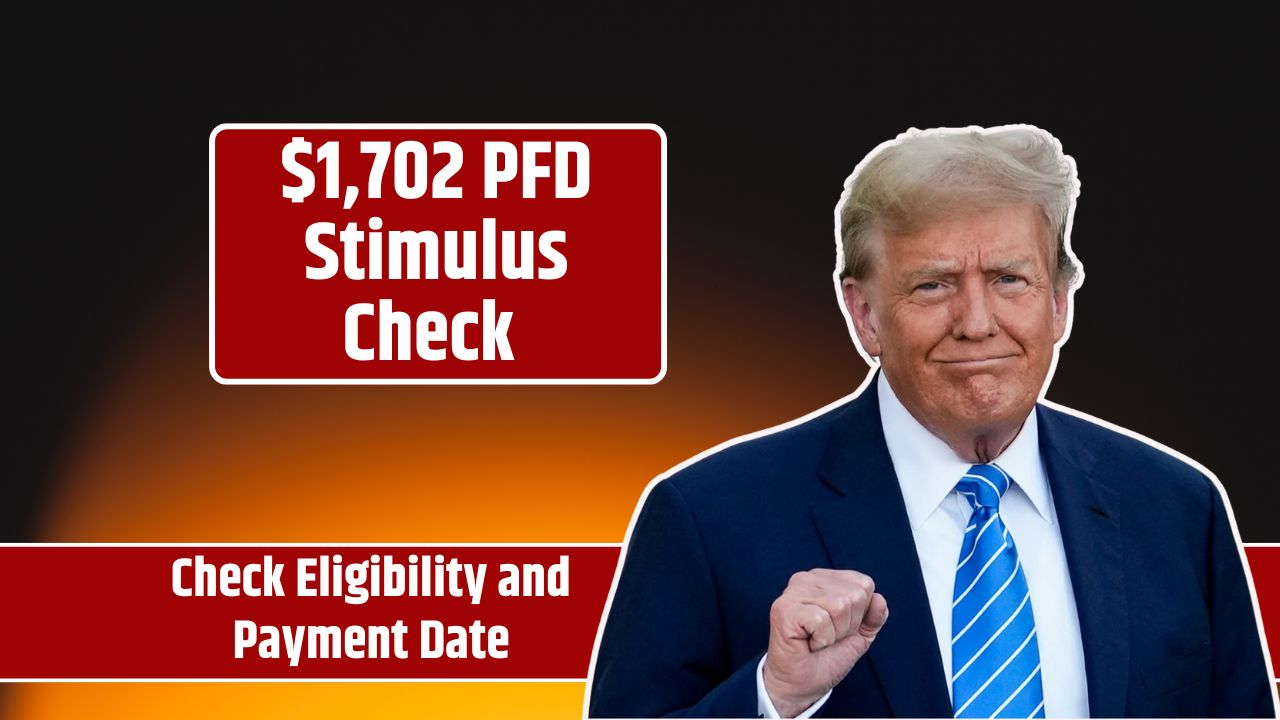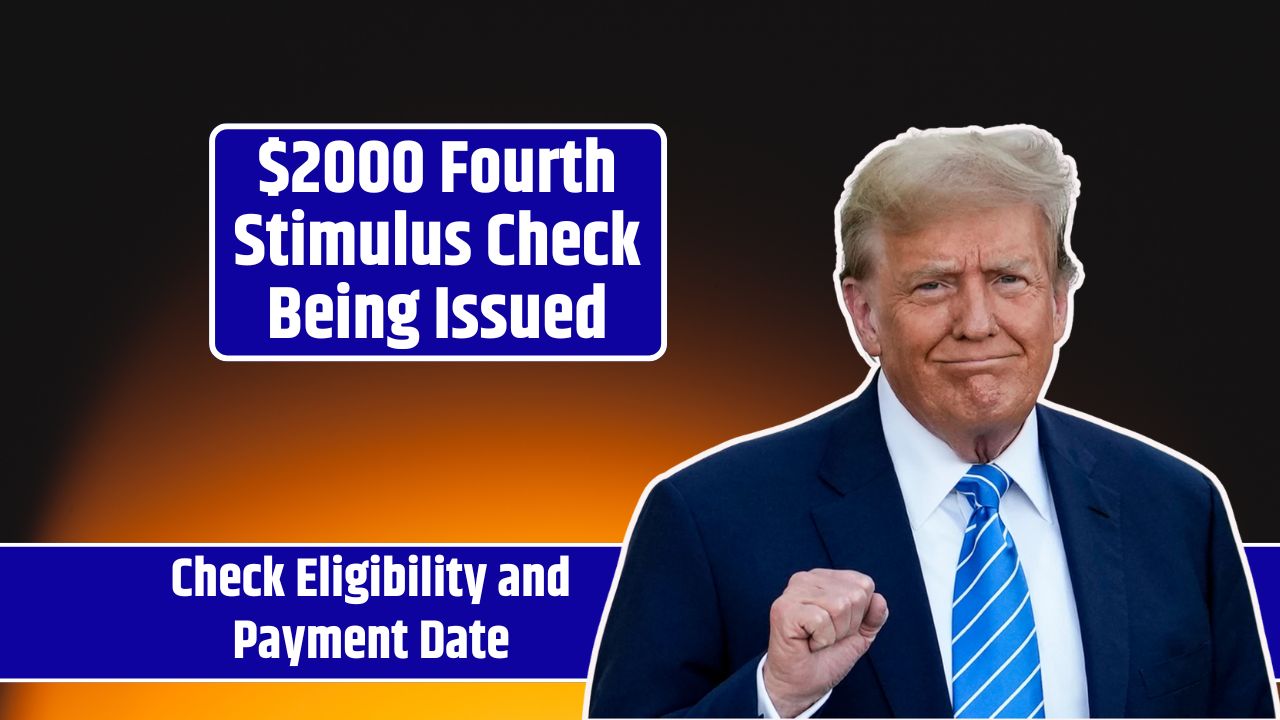As the U.S. faces ongoing debates about economic reform and government efficiency, one proposal is capturing widespread attention: the DOGE Stimulus Check. Spearheaded by the Department of Government Efficiency (DOGE), this ambitious initiative aims to give back to American taxpayers in a tangible way—through a one-time $5,000 payment. Backed by influential figures like former President Donald Trump and tech mogul Elon Musk, the plan is quickly gaining momentum.
Here’s a detailed breakdown of what the DOGE Stimulus Check could mean for your finances, and why it’s making headlines across the country.
What Is the DOGE Stimulus Check?
The DOGE Stimulus Check is a proposed economic relief measure that would distribute a $5,000 one-time payment to eligible American taxpayers. The idea stems from a broader initiative by the Department of Government Efficiency, which seeks to improve operational performance across federal agencies and redirect a portion of the savings back to the public.
With a proposed $2 trillion budget, DOGE plans to allocate:
- 20% of savings to direct payments for taxpayers
- 20% toward paying down the national debt
- The remainder to fund further efficiency improvements and reduce bureaucratic costs
Who Would Be Eligible?
Unlike previous stimulus rounds focused on universal relief or pandemic response, the DOGE Stimulus targets those who are net contributors to the economy—specifically, taxpayers who consistently pay more in federal taxes than they receive in benefits.
Proposed Eligibility Criteria:
- U.S. citizens or permanent residents
- Filed tax returns for the past two years
- Meet income and contribution thresholds (details pending)
- Not receiving substantial government aid (e.g., welfare, housing subsidies)
The goal is to reward consistent financial contributors and promote a performance-based system within federal support structures.
How Would the Checks Be Distributed?
Distribution would likely mirror the COVID-era stimulus checks, using IRS infrastructure to streamline the process. That means eligible recipients could expect either a direct deposit or a paper check, depending on how they filed their taxes.
Potential Timeline:
- Legislative Approval: Pending
- Earliest Rollout: July 2026
DOGE would oversee the process, coordinating closely with the IRS and Treasury Department to verify eligibility and handle disbursement.
Where Will the Money Come From?
The entire initiative is predicated on the belief that the federal government can significantly reduce costs through efficiency. By cutting waste, streamlining agencies, and optimizing digital infrastructure, DOGE anticipates saving over $2 trillion.
These savings are not hypothetical—they represent reallocated funds from redundant processes, excessive administrative costs, and underperforming departments.
Here’s a simplified breakdown:
| Allocation Category | Percentage of Budget | Dollar Value (approx.) |
|---|---|---|
| Taxpayer Stimulus Checks | 20% | $400 billion |
| National Debt Reduction | 20% | $400 billion |
| Government Efficiency Programs | 60% | $1.2 trillion |
What Are the Critics Saying?
Not everyone is on board. While the plan has high-profile supporters, economic analysts have voiced several concerns:
- Inflation risk: A sudden $400 billion cash injection could heat up the economy
- Fiscal uncertainty: Critics question whether $2 trillion in savings is realistic or sustainable
- Interest rate pressure: Some economists fear that increased spending might prompt tighter monetary policy
Others worry that such targeted stimulus could leave out vulnerable populations who don’t meet the eligibility thresholds but still need support.
Why Supporters Believe It Will Work
Advocates argue that the DOGE Stimulus is a reward, not a bailout. It encourages fiscal responsibility, promotes transparency, and gives citizens a stake in government efficiency. Rather than increasing taxes or debt, the plan leverages existing resources more effectively.
Supporters also say this model could redefine how government interacts with taxpayers—moving from a reactive to a proactive economic approach.
The DOGE Stimulus Check isn’t law yet, but it’s clearly part of a broader conversation about how the government can better serve the people. If approved, it could mark a significant shift in U.S. fiscal policy, linking government performance directly to taxpayer rewards.
FAQs
Is the DOGE Stimulus Check guaranteed?
No, it is still a proposal and must pass several legislative hurdles before becoming law.
When will I get the DOGE Stimulus Check?
If approved, the earliest projected rollout is July 2026.
Do I need to apply?
Most likely, eligibility will be determined through IRS records. No application would be needed unless otherwise announced.
How will I receive the money?
Through direct deposit or a mailed check, based on your most recent tax filing.
Will the $5,000 be taxed?
That detail hasn’t been clarified yet, but similar past stimulus checks were not considered taxable income.
